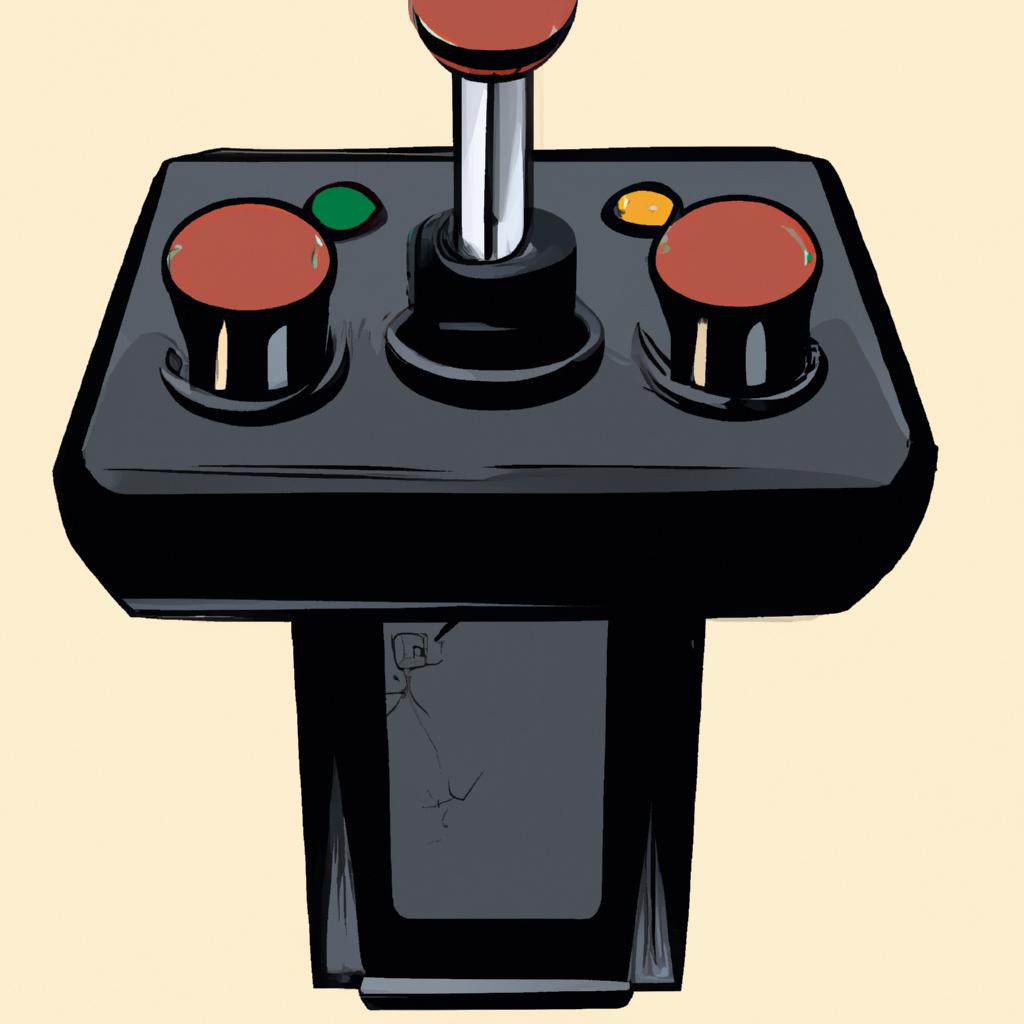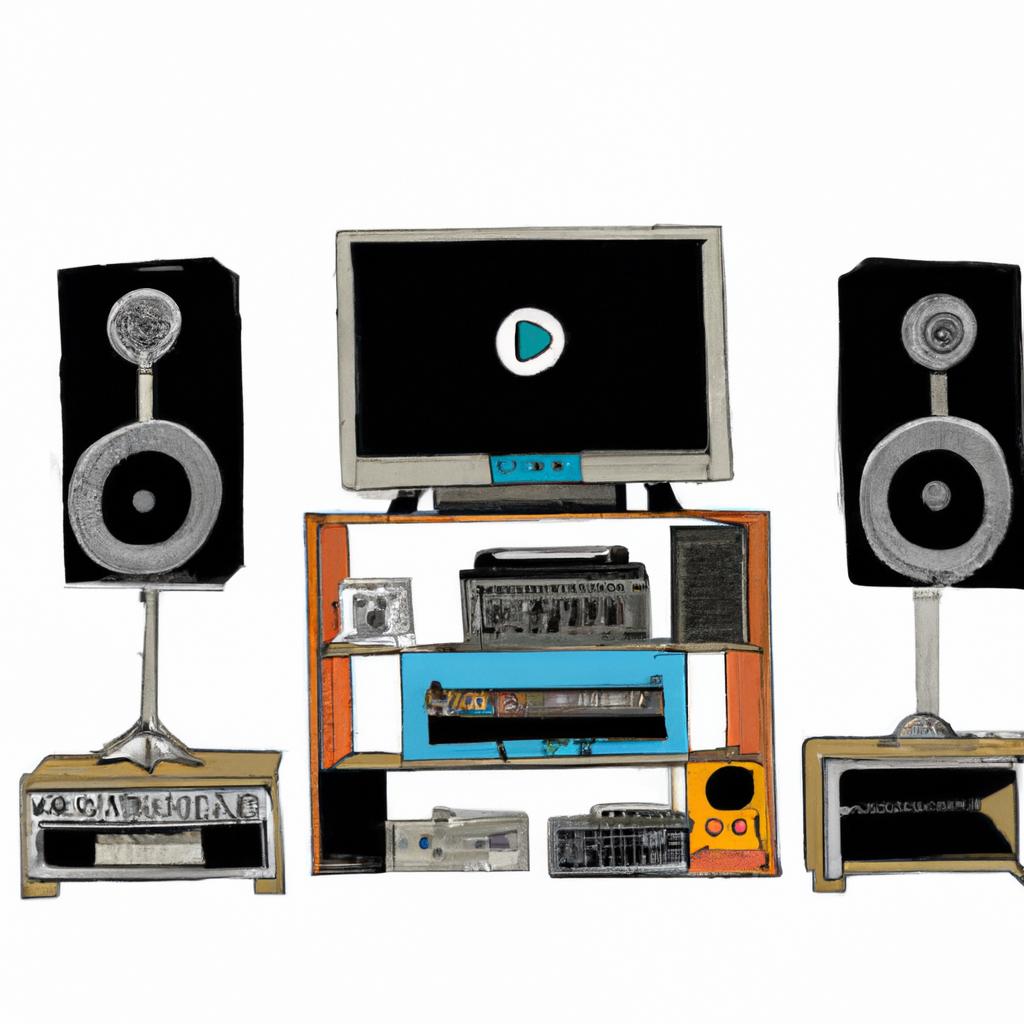Comprehensive Guide to Optimizing Home Entertainment Systems

Intro
Home Entertainment signifies a wide spectrum of technologies and aspects starting from gaming consoles and smart TVs to streaming devices and home theater design. Gaming consoles have undergone a significant evolution from simplistic systems to technologically advanced platforms, with preferences depending highly on game choices, unique features, and pricing. Parallelly, smart TVs have transformed from classic modes to advanced Internet-connected platforms featuring an assortment of apps and enhanced control options. The preference here primarily depends upon individual needs including streaming, gaming, or general usage. Subsequently, designing a home theater involves a strategic process centered around creating an individualized entertainment environment that focuses on room dimensions, availability of equipment, acoustics, seating arrangements, and lighting conditions. Conversely, streaming devices which deliver online content also hold prime importance in shaping home entertainment, with a choice of device heavily reliant on aspects like resolution, app accessibility, user interface, pricing, and compatibility. A clear understanding of these components can assist individuals in setting up a home entertainment space that is both immersive and rewarding.
Understanding Subwoofers: Enhance Your Home Audio Experience

A subwoofer is a crucial component in home entertainment, designed to produce low-frequency audio or bass for an immersive, full-bodied audio experience. There are various types of subwoofers, such as powered, passive, component, and enclosed, each with unique features. Subwoofers enhance audio experience by adding depth, increasing intensity, and improving clarity. The choice of subwoofer should match your needs, whether for music, movies, or gaming. Therefore, understanding subwoofers can help you customize your entertainment system for the best audio experience.
HDMI vs RCA Cords: Comparing Audio-Visual Cable Types

HDMI and RCA cords are essential components of home entertainment systems, transmitting audio and video signals. HDMI cords, offering superior digital signal quality, are commonly used in modern devices like BluRay players and gaming consoles. They deliver high-definition video and multi-channel audio through a standard of 19 pins, and there are different types like standard, high speed, and ethernet. On the other hand, RCA cords are often used with older equipment, transmitting analog signals that may not provide the same clarity as digital connections. They come in various forms such as composite video, component video, and stereo audio. The choice between these cords tends to depend on the specific devices and the desired audio-visual quality.
Understanding Infinity Baffle: Enhancing Sound Clarity in Audio Systems

The Infinity Baffle, also known as a free-air or infinite baffle, is a type of speaker mounting that minimizes sound vibration transfer between the front and back of the speaker. By doing so, it enhances sound clarity. Mounted on a large, flat surface with no enclosure behind it, the speaker allows rear sound waves to interact freely with the environment. Benefits of the Infinity Baffle include sound quality, design simplicity, and space efficiency. However, limitations include greater power requirement, less potent bass output, and mounting limitations due to the need for large, flat surfaces. Infinity baffles are commonly used in space-saving home audio systems and car audio where they deliver clean and natural sound.
A Comprehensive Guide to the Dynamic World of Online Gaming

Online gaming is a diverse digital entertainment platform enabling players worldwide to connect, offering competitive and cooperative game options. The online gaming ecosystem includes players, a wide variety of games hosted on servers, and communities centered around these games. Players can enjoy different types of online games such as MMORPGs, FPS, simulation and strategy games. One major advantage of online gaming is its accessibility, along with the potential for social interaction and improvement of cognitive skills. It is important that players follow online gaming etiquette, respecting others and promoting fair play. In summary, online gaming is a dynamic and interactive global platform, to be enjoyed responsibly.
Choosing the Right Gaming Console: A Comprehensive Guide

Gaming consoles, an essential part of home entertainment, have evolved from the Magnavox Odyssey in 1972 to high-tech consoles like the PlayStation 5 and Xbox Series X. Components of a console include hardware (CPU, GPU, RAM), software, controllers, and storage. Besides technical aspects, consoles offer unique experiences such as multiplayer modes, VR gameplay, and live streaming. The choice of console depends on game preferences, exclusive titles, and price. Understanding these factors can lead to an informed choice, enhancing the gaming experience.
Comprehensive Guide to Choosing Your Next Smart TV

Smart TVs have revolutionized home entertainment, transitioning from traditional broadcast mediums to digital platforms integrated with the internet. Key elements of a Smart TV include internet connectivity, integrated streaming services, a variety of apps, and a built-in web browser. Important components are the display, operating system, WiFi module, and USB and HDMI ports. Smart TVs offer enriched user interactions such as voice controls, gesture recognition, and screen mirroring. When choosing a Smart TV, it’s essential to consider your usage requirements, whether it’s for streaming, gaming, or general use. These insights into Smart TVs aim to guide users towards making informed choices.
Comprehensive Guide to Choosing TV Stands and Media Consoles

This guide focuses on providing information about TV stands and media consoles. These essential furniture pieces enhance your entertainment setup by supporting your TV and providing storage, while adding aesthetic value to your home. When choosing a TV stand or media console, factors like TV size, storage capacity, style, and additional features should be considered. There are various types such as corner, floating, entertainment centers, and TV hutches, catering to different space and style needs. These come in various materials including wood, metal, glass, and particle board. The choice depends on aesthetics, space, and storage preferences. A wisely chosen TV stand can transform your living space into an appealing and organized entertainment area.
Comprehensive Guide to Home Theater Design: Audio, Visual & Comfort

Home theater design involves creating a personal entertainment environment with superior audio and visuals. The process is broken down into five steps: choosing the best room, considering visual components, setting up an optimal audio system, ensuring comfort and atmosphere, and integrating equipment seamlessly. Factors under these steps include room size, shape, and location, choices for projector or TV, screen placement, surround sound system, speaker arrangement, room acoustics, comfortable seating options, lighting, theme, media storage, equipment rack, and cable management. Although the process can seem overwhelming, careful planning and attention to personal preferences and needs can lead to a rewarding immersive entertainment space.
Choosing the Perfect Receivers and Speakers for Home Entertainment

High-quality home entertainment relies on the efficient pairing and synergy of receivers and speakers. Receivers, serving as hubs, connect various parts of the audio-video system, including TVs, speakers, and streaming devices. Speakers craft the sound by translating electrical signals into sound waves, coming in multiple types suitable for different environments and experiences. The collaboration of receivers and speakers enhances the audio experience by allocating sound appropriately. Selection depends on individual needs; receivers with built-in connectivity for music, an AV receiver with surround capability for movies, and versatile AV receivers for mixed use. The diversity of available receivers and speakers ensures catered and memorable home entertainment experiences.
Choosing the Best Streaming Device for Home Entertainment

This summary focuses on the importance of streaming devices for home entertainment. It explains that these devices, which connect your TV or home theatre to the internet, allow for streaming of videos, music, and other content from online services like Netflix and Hulu. The different types of streaming devices are described including Set-Top Boxes, Streaming Sticks, Gaming Consoles, and Smart TVs. When selecting a streaming device, one should consider factors like resolution, app availability, user interface, remote control, price, device compatibility, content, and additional features. With a wide range of streaming devices available, users can choose one that best suits their needs and enhances their viewing experience.
Conclusion
In conclusion, home entertainment has grown to involve a range of technologies, including gaming consoles, smart TVs, home theater designs, and streaming devices. The evolution of these components reflects the increasing demand for high-quality, customizable, and immersive experiences. Choice of specific elements generally depends on individual preferences, usage requirements, and budget constraints. For the optimal home entertainment setup, one must consider various factors from the resolution and app availability on digital platforms to room dimensions, acoustics, seating, and lighting conditions in a home theater design. The understanding and careful selection of these components can provide a truly rewarding and tailor-made home entertainment environment.
